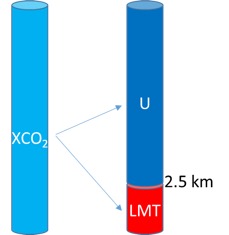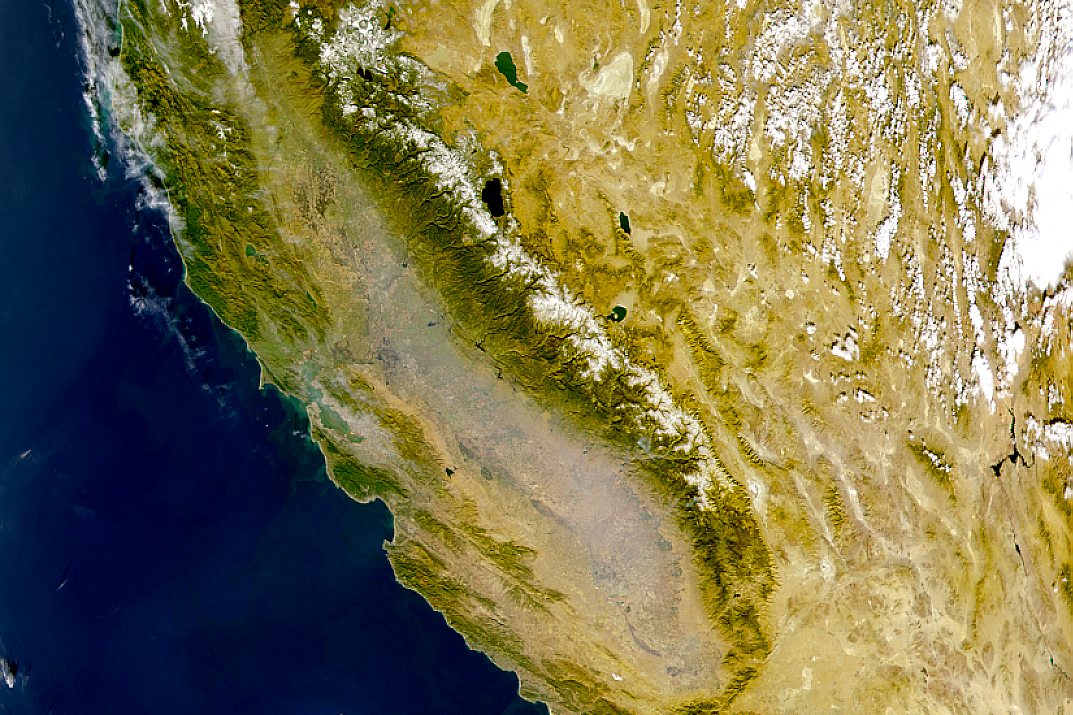By Jane Berg and Tamara Enz June 6, 2025 What is the Internet of Animals? For…
Dr. Susan Kulawik Publishes Breakthrough Article on Satellite Observations of CO2
On April 27, 2017, the journal Atmospheric Chemistry Physics published an article led by Dr. Susan Kulawik introducing new analysis of near-infrared observations from the Greenhouse Gases Observing Satellite (GOSAT). GOSAT, also known as “Ibuki”, meaning “breath” in Japanese, was launched in 2009 by the Japan Aerospace Exploration Agency, and it is the first satellite specifically designed to measure concentrations of carbon dioxide from space and takes thousands of measurements per month. Current analyses of GOSAT data estimate a single concentration of carbon dioxide per measurement, averaging from the surface to the stratosphere. Dr. Kulawik’s paper discusses a new analysis of the data which discriminates between carbon dioxide near the surface and carbon dioxide above 2.5 km. Carbon dioxide near the surface is heavily influenced by regional effects, whereas carbon dioxide above 2.5 km is more likely to be transported from up to thousands of miles away. Separating out these two vertical layers could lead to improved understanding of the carbon cycle. This measurement and analysis technique should also be applicable to NASA’s Orbiting Carbon Observatory-2 satellite, as well as planned future satellites.

XCO2 full column measurement (left) and the two partial columns that Dr. Kulawik introduces (right): the lowermost troposphere (LMT), a partial column from the surface to approximately 2.5 km, and the partial column above 2.5 km (U).



